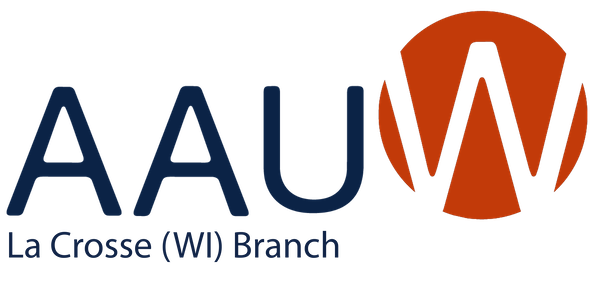Diversity, Equity and Inclusion
by June Reinert, DEI Chair
The DEI committee will be finishing our presentations on Diversity in April. Here are a series of videos developed by the national AAUW. These are excellent resources to implement what we have covered.
DEI Toolkit: Understanding Diversity, Equity and Inclusion
AAUW’s Diversity, Equity and Inclusion Plug and Play Program- ming is a way to help branches create programming and events. Join national Inclusion & Equity Committee members to discuss Understanding Diversity, Equity and Inclusion, to learn about key terms and concepts to help you create branch programming to achieve your equity and inclusion goals. https://youtu.be/2FPD673Ippo
The Microintervention Anti-Bias Workshop
Presented by AAUW alumna Sarah Alsaidi, The Microintervention Workshop aims to increase awareness and self-reflection skills, and explain the difference between microaggressions and macroaggres- sions. Learn response strategies that can be used to defend against daily experiences of microaggressions. Read original article HERE.
https://www.youtube.com/watch?v=dJPqxaUx464&list=PLTL0yfGgwGXMyK_ sroxeiKh4StRXtW3aN&index=43
Intersectionality Identified
Join the Inclusion & Equity Committee for a discussion of intersectionality. By understanding the dimensions of diversity and how they intersect, we can begin to understand the complex and cumulative impact of discrimination and oppression. In this webinar, participants will learn about intersectionality as well as how to create branch or state programming for members on this concept. https://www.youtube.com/watch?v=ntrXgrE_8ds
Creating Allyship
What is allyship? How can one truly be an ally? What is the connection between allyship and privilege? Please join us for a discussion of allyship and how to hold branch programming on this topic. With a diverse set of allies within their membership, states and branches can better build inclusive spaces and attract new audiences, including potential new members. https://www.youtube.com/watch?v=vYwOgVuc7J4&list=PLTL0yfGgwGXMyK_ sroxeiKh4StRXtW3aN&index=12
Unconscious Bias: Recognizing Your Biases & How to Interrupt Them
Join members of AAUW’s National Inclusion and Equity Commit- tee for a conversation about this topic. Where do unconscious bi- ases come from? How do you know you have them? Learn how to confront your biases and what you can do to interrupt them. Only when we confront our biases are we able to truly recognize the value of diversity.
https://www.youtube.com/watch?v=MylqzmemmT8&t=70s
Inclusive Spaces
How do you create inclusive spaces? Diversity is only the begin- ning, and it isn’t enough. To create truly diverse spaces, those spaces also need to be inclusive, where all parties feel welcomed, appreciated, respected and heard — and have full access to all re- sources and can contribute to AAUW’s success. Join the national AAUW Inclusion and Equity Committee in this conversation. https://www.youtube.com/watch?v=9zFKQ33aWq4&t=308s
_______
City of La Crosse Equity & Diversity Survey
La Crosse’s Racial Equity Team has launched a survey to better learn about how people use city services. It also asks if people think the city is being inclusive, and how comfortable people feel using city services like police and fire, libraries, and voting facilities. The Racial Equity Team will use the findings to create an equity action plan.
“Our goal is to learn how we can assist anyone in our city who feels they have been discriminated against for any reason and to build better relationships throughout our community.”
Survey closes February 1, 2023.
Residents of La Crosse can take the survey online.
If you have any questions
or concerns, or would like to receive a paper copy or
a translated version of this survey, please contact Communications Coordinator Kristen Lueth at 608-789-8696 or luethk@cityoflacrosse.org
